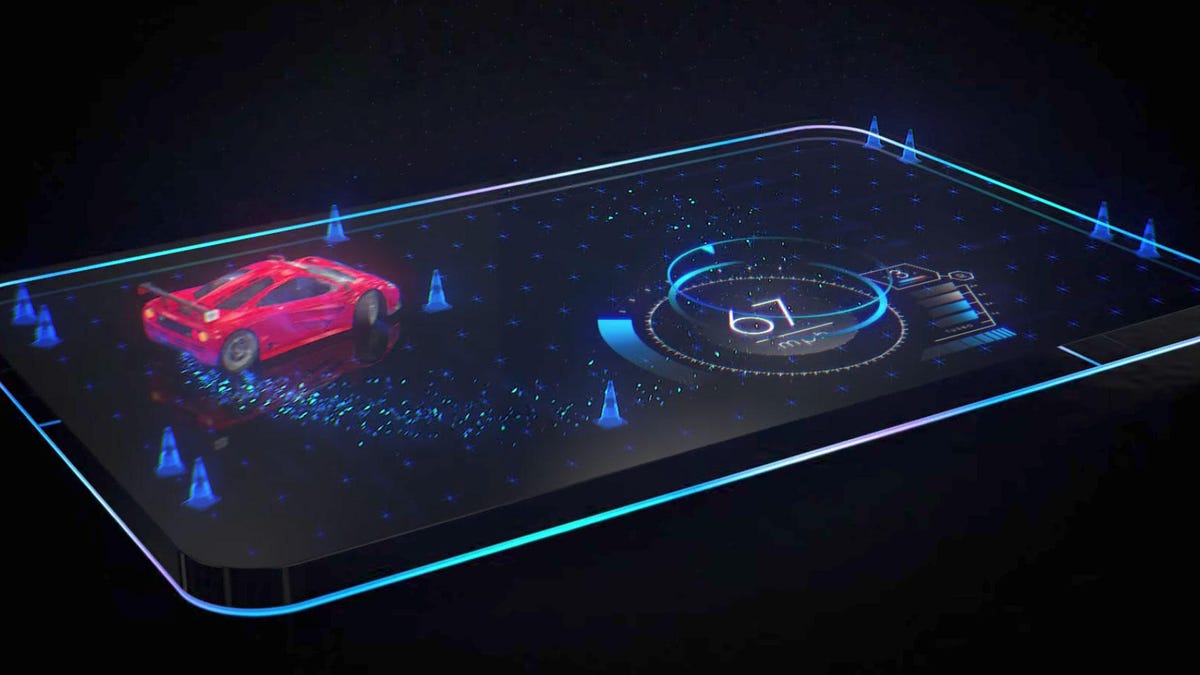Holographic Leia lives in Red’s new phone (not the princess)
The maker of the buzz-inducing, high-priced Hydrogen One phone reveals a startup called Leia provides its 3D display technology.

Leia promises new 3D immersion and better textures from its display technology, but don't expect objects rising above the screen like Princess Leia beamed out of R2-D2.
Don't expect a hologram of Princess Leia to pop out of the Hydrogen One phone, pleading "Help me, Obi-Wan Kenobi, you're my only hope." But in a different way Leia will be inside the $1,200 phone due to arrive next year.
Red, the high-end cinema camera maker behind the Hydrogen One, said Friday that a startup called Leia is providing the phone's "holographic" display. The "Lit by Leia" technology provides a richer 3D look to objects in its display, according to the Silicon Valley startup.
Red cameras are top-tier devices used to make movies like "Guardians of the Galaxy Vol. 2" and "The Martian," and the Hydrogen One seems likely to be similarly non-mainstream -- though perhaps helped a bit by an expected high price tag for Apple's next iPhone. Even if few of us buy the Hydrogen One, though, it could raise expectations for how much new technology can be crammed into a slab of electronics.
Details about Leia's proprietary "Diffractive Lightfield Backlighting" technology remain thin, but there are some clues about it.
In in an interview with French TV show Télématin, founder and Chief Executive David Fattal gave a description of the 3D display's nanotechnology-powered display.
Red's 5.7-inch Android phone starts at $1,200 but costs $1,600 for the titanium version.
"It will allow us to send different images in different spatial directions so that your left eye and right eye see a different image," he said. "This will give us a sense of depth, so if you move around the screen you will see around the objects in it."
Textures will look different, too. "The way light reflects off objects, such as human skin, leather or metallic textures, will be greatly enhanced, allowing us to see the full dimension of objects when using this sort of display."
The technology "doesn't cost much more than a regular display," Fattal added.
But don't expect the Hydrogen One to be cheap. The aluminum model costs $1,200 but the titanium Hydrogen One is $1,600. Both are scheduled to ship in early 2018. (That price converts to about £926/£1,234 or AU$1,581/AU$2,109.)
Logging Out: Welcome to the crossroads of online life and the afterlife.
Virtual reality 101: CNET tells you everything you need to know about VR.

